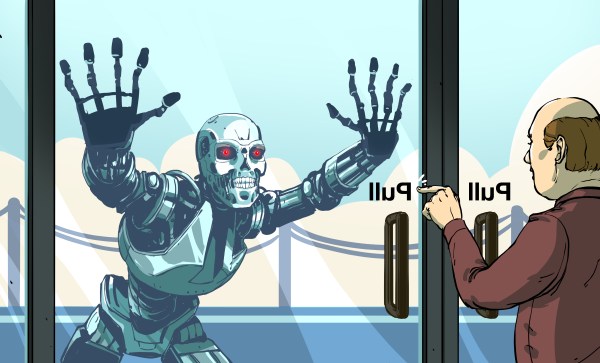From the Forbin Project, to HAL 9000, to War Games, movies are replete with smart computers that decide to put humans in their place. If you study literature, you’ll find that science fiction isn’t usually about the future, it is about the present disguised as the future, and smart computers usually represent something like robots taking your job, or nuclear weapons destroying your town.
Lately, I’ve been seeing something disturbing, though. [Elon Musk], [Bill Gates], [Steve Wozniak], and [Stephen Hawking] have all gone on record warning us that artificial intelligence is dangerous. I’ll grant you, all of those people must be smarter than I am. I’ll even stipulate that my knowledge of AI techniques is a little behind the times. But, what? Unless I’ve been asleep at the keyboard for too long, we are nowhere near having the kind of AI that any reasonable person would worry about being actually dangerous in the ways they are imagining.
Smart Guys Posturing
Keep in mind, I’m interpreting their comments as saying (essentially): “Soon machines will think and then they will out-think us and be impossible to control.” It is easy to imagine something like a complex AI making a bad decision while driving a car or an airplane, sure. But the computer that parallel parks your car isn’t going to suddenly take over your neighborhood and put brain implants in your dogs and cats. Anyone who thinks that is simply not thinking about how these things work. The current state of computer programming makes that as likely as saying, “Perhaps my car will start flying and we can go to Paris.” Ain’t happening.
Continue reading “Kids! Don’t Try This At Home! Robot Destroys Mankind”














